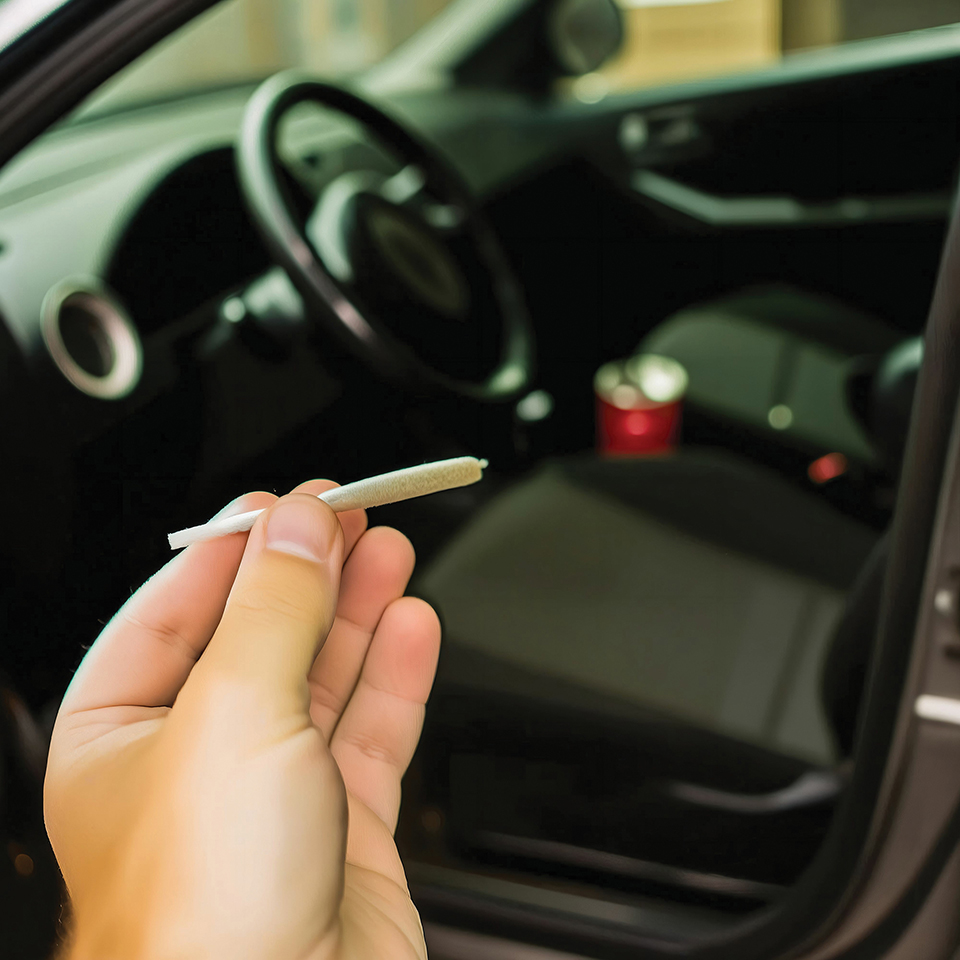
Marijuana and Driving: The Problem and What Parents Can do
By: Staff
In 2017, 49% of drivers ages 14-18 who currently use marijuana engaged in driving after using marijuana, according to research published in the Journal of the American Medicine Association Network. Marijuana is an intoxicating drug that impairs driving. It alters perception, impairs judgement, slows reaction time, interferes with attention, and affects coordination.
The frontal lobe is the last part of the brain to develop, which is responsible for decision making, impulse control, reasoning, problem solving, attention, planning and judgement. This lobe is not fully developed until age 25-26. So, putting any substance on the developing brain, but one that particularly affects the skills needed to drive safely, is a recipe for disaster.
An additional concern is the length of time impairment lasts. It’s longer than one would think. Studies have repeatedly shown that impairment lasts long after a person no longer feels high. A study done in the 1980s when the hallucinogenic property, THC, was at 2% (now it can be up to 50 times more potent if it’s an extract or distillate) found impairment in pilots using a simulator lasted 24 hours. One missed the runway altogether. A recent study showed a reduction in the ability to pay attention to two tasks at once – important when driving – for as long as eight hours after inhaling a standard amount of marijuana.
What can parents do? First, all rules that apply to alcohol should apply to marijuana. Tell your children, “Don’t drink and drive, and don’t use marijuana and drive.” Not, “wait a few hours” or “wait until it wears off.” Further, “If you have used marijuana, don’t drive. And don’t get into a car with someone who did. Use a designated driver or call someone.”
According to the National Institute on Drug Abuse, marijuana is found in the blood of approximately 14 percent of drivers who die in car crashes, often in combination with alcohol or other drugs. Educate your child on the dangers of driving or riding with someone who has used. And be sure to model that safe behavior as well.
